However, because they call for specific equipment and may involve lengthy travel distances, mountain climbing, trekking, and backpacking are frequently costly activities. Equipment costs might mount up, but so can other costs for things like training, acclimatization, and a guide.
Expert Climbing
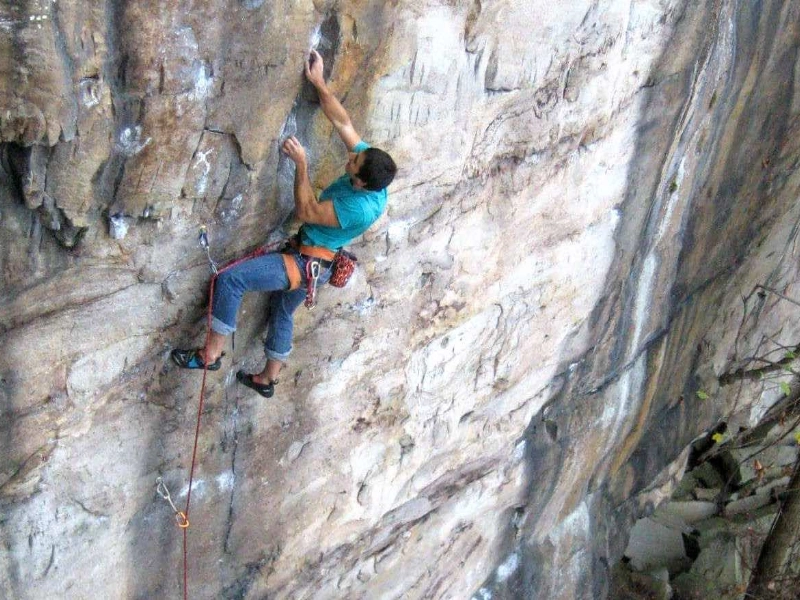
Mountaineering demands a high level of technical climbing proficiency. It will be necessary for you to be proficient in lead, belay, and ice climbing. Additionally, you'll need to be well-versed in the alpine environment. The important things are to avoid altitude sickness and acclimate to greater heights. To climb a mountain at a high height, you'll need a lot of specialist equipment. This is the reason you need to be a mountaineer and not just trek up Kilimanjaro or Mount Kosciuszko in Australia!
Mountaineering is far more physically demanding than hiking and trekking. Backpacking is usually restricted to designated pathways, but mountaineering entails navigating difficult terrain and ascending to alpine regions, which are usually above treeline. Accessing high-altitude mountainous regions can be financially unfeasible. For this reason, it's critical to select a backpack that fits your unique mountaineering experiences. For instance, a pack made for Sierra ice climbing would need to be sturdy and have a good axe and tool attachment.
Backpacking

Hiking is only a small part of mountaineering. It involves being able to walk on snow and glaciers, as well as climb on ice and rock. Proficiency in self-arrest, rappel, belay, and lead climbing is necessary. In-depth training and high-altitude acclimation are also required.
Backpacking is a less strenuous and more laid-back sport. Those who are not particularly physically fit can nevertheless accomplish it. While it can be more difficult, it is feasible to backpack through the mountains without much or no specialist gear.
Hikers and backpackers were the first outdoor enthusiasts for many mountaineers. But eventually, when they get the necessary gear and abilities to deal with environmental obstacles like negotiating crevasses or a whiteout, they become mountaineers. Being able to navigate with a map and compass, read weather reports, comprehend thermoregulation, acclimate to heights above 10,000 feet, and have other abilities are required to become a mountaineer.
Hardware
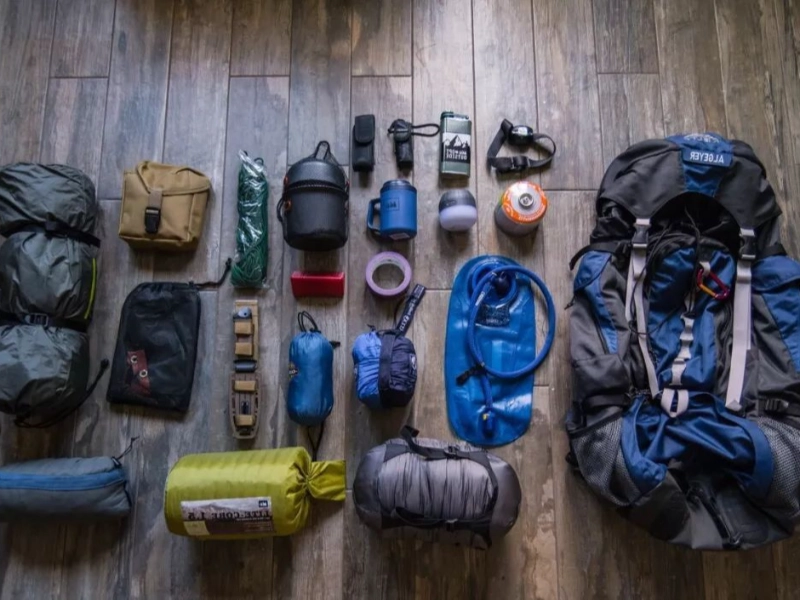
The essential gear needed for hiking is far less specialized than that needed for mountaineering. While gear for backpacking, like packs, tents, and sleeping bags, may be bought reasonably cheaply, new climbing equipment can run into the hundreds or even thousands of dollars.
To reach alpine summits, mountaineers utilize a range of equipment, including belay devices and ice axes, in addition to rope. They also depend on other kinds of equipment, such as tape slings, which are loops of webbing that are strung or stitched together, wrapped around rock faces or other objects, and used to anchor climbers.
The majority of mountaineers carry a GPS unit and other devices, including an altimeter watch, to aid with navigation in steep terrain. These gadgets use barometric pressure to calculate your approximate altitude on a mountain, which makes route planning and calculating your progress throughout a climbing day safer and easier. Mountaineers usually pack the Ten Essentials, which offer a minimal level of safety, navigation, and first aid, in addition to their camping equipment.
Advertisement
Recommended Reading: The Most Vital Information Regarding Mountaineering
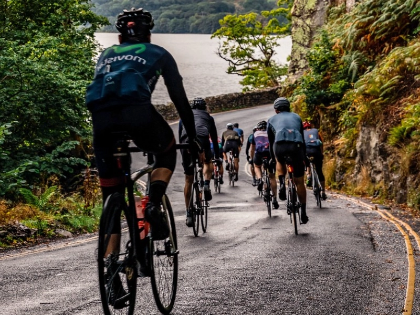
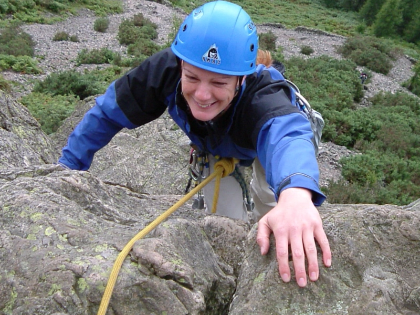

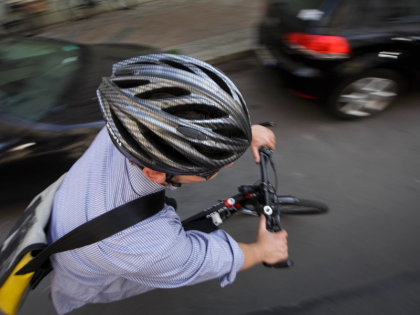
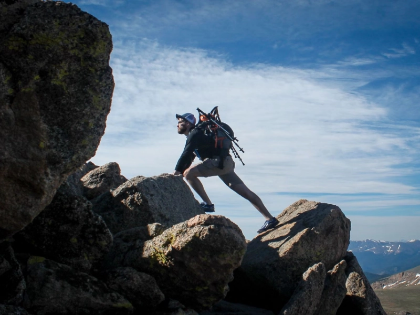
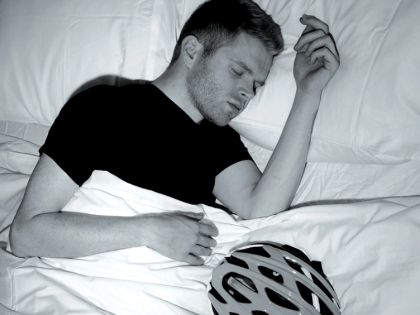

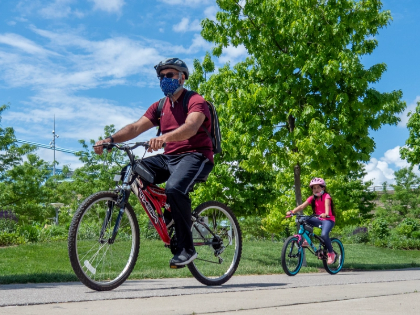
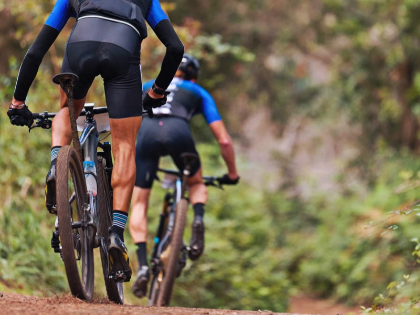
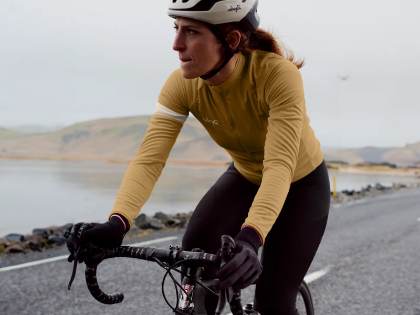
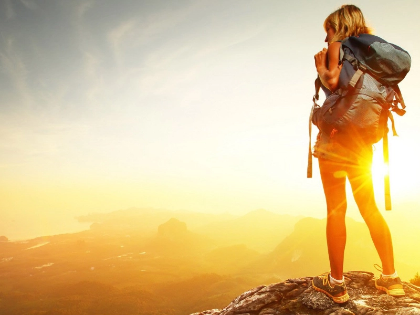
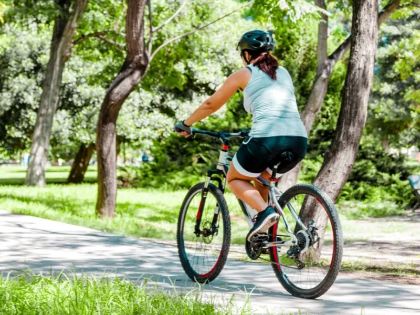

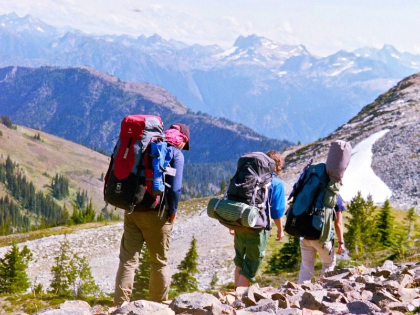
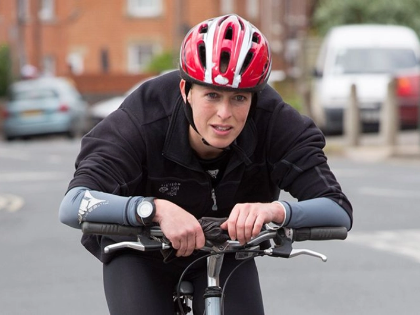
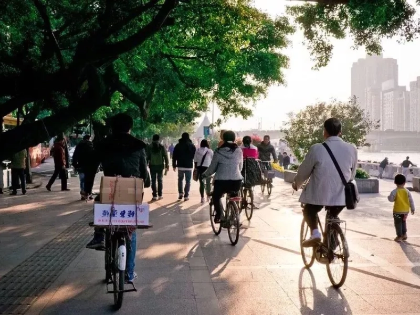
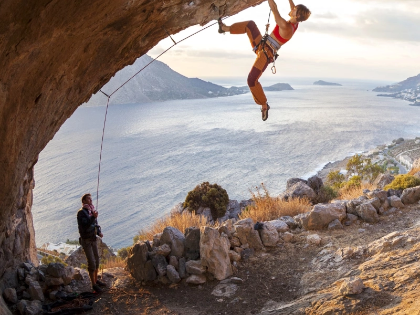

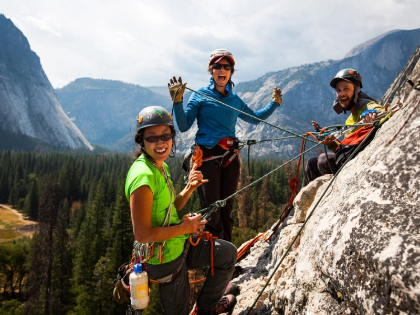
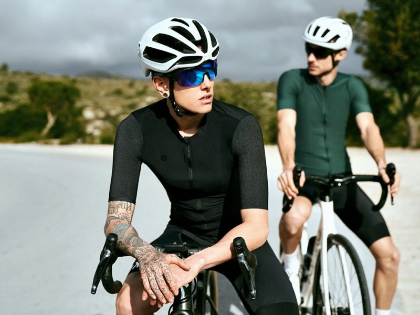
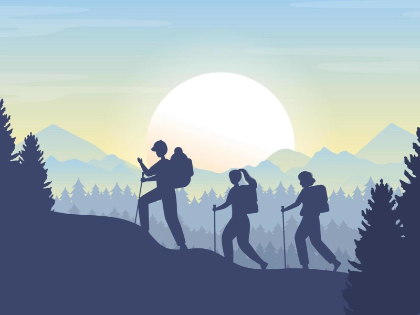

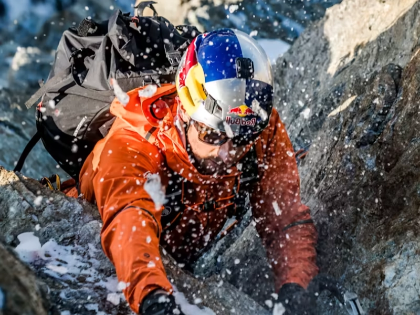

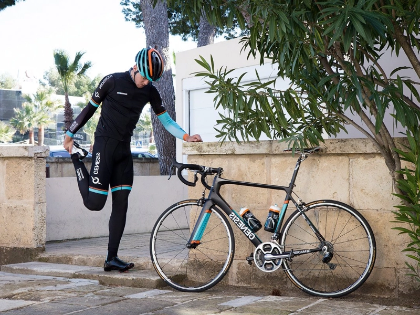
Comments
Leave a Comment
Your email address will not be published. Required fields are marked *